What Is Surface Tension
Causes of Surface Tension
Surface tension enables a liquid’s surface to resist external forces, and it plays a role in various natural phenomena and technical processes.
Surface tension is primarily due to the cohesive forces between liquid molecules. In liquids such as water, hydrogen bonds generate significant intermolecular attractions, particularly at the surface. These forces result in a reduced exposed surface area and maintain the integrity of the liquid’s interface.
Measurement of Surface Tension
Accurate measurement of surface tension is essential for scientific research and industrial applications. Several methods are generally employed:
Capillary Rise Method
This technique measures the height a liquid ascends in a narrow tube due to surface tension. The measured height is directly related to the surface tension and can be calculated using established formulas.
Du Noüy Ring Method
In this method, a ring is carefully lowered onto the liquid surface and then lifted. The force required to detach the ring from the liquid is used as an indicator of the surface tension.
Wilhelmy Plate Method
A thin plate is immersed perpendicular to the liquid. The force exerted by the liquid’s surface tension on the plate is measured. This force is employed to determine the value of the surface tension.
|
Measurement Method |
Description |
Application |
|
Capillary Rise |
Measures the height of a liquid in a narrow tube |
Research laboratories |
|
Du Noüy Ring |
Evaluates the force required to detach a ring from the liquid |
Quality control in manufacturing |
|
Wilhelmy Plate |
Determines the force on an immersed plate |
Materials science studies |
For further information, please refer to Stanford Advanced Materials (SAM).
How to Reduce Surface Tension
To reduce surface tension, the cohesive forces between liquid molecules must be disrupted. Common approaches include:
- Addition of Surfactants: Surfactants are compounds that reduce the surface tension by disrupting the hydrogen bonds between liquid molecules.
- Increasing the Temperature: Heating a liquid weakens the intermolecular forces and thereby reduces the surface tension.
- Mechanical Stirring: Stirring or shaking a liquid supplies energy that disrupts the surface layer, thereby reducing the surface tension.
Examples of Surface Tension in Nature and Technology
Surface tension is observed in various natural phenomena and technical applications:
- Water Striders: These insects utilise surface tension to remain on top of water without sinking.
- Formation of Droplets: Surface tension causes liquids to form spherical droplets, thereby minimising the exposed surface area.
- Inkjet Printing: The formation and ejection of ink droplets depend on the precise control of surface tension.
- Cleaning Agents: Surfactants in cleaning agents reduce surface tension and enhance the cleaning process by enabling water to spread and penetrate surfaces.
Frequently Asked Questions
What is surface tension?
Surface tension is the property of a liquid that enables its surface to resist external forces caused by cohesive forces between molecules.
How is surface tension measured?
Surface tension is measured using methods such as the capillary rise method, the Du Noüy ring method and the Wilhelmy plate method, each quantifying the force per unit length.
What causes surface tension in water?
In water, hydrogen bonds among the molecules generate cohesive forces that produce surface tension.
What effect do surfactants have on surface tension?
Surfactants reduce surface tension by disrupting the cohesive forces between liquid molecules, allowing liquids to spread and mix more readily.
Can temperature alter surface tension?
Yes, an increase in temperature generally reduces surface tension, given that the cohesive forces among the molecules are weakened.

 Bars
Bars
 Beads & Spheres
Beads & Spheres
 Bolts & Nuts
Bolts & Nuts
 Crucibles
Crucibles
 Discs
Discs
 Fibers & Fabrics
Fibers & Fabrics
 Films
Films
 Flake
Flake
 Foams
Foams
 Foil
Foil
 Granules
Granules
 Honeycombs
Honeycombs
 Ink
Ink
 Laminate
Laminate
 Lumps
Lumps
 Meshes
Meshes
 Metallised Film
Metallised Film
 Plate
Plate
 Powders
Powders
 Rod
Rod
 Sheets
Sheets
 Single Crystals
Single Crystals
 Sputtering Target
Sputtering Target
 Tubes
Tubes
 Washer
Washer
 Wires
Wires
 Converters & Calculators
Converters & Calculators
 Write for Us
Write for Us
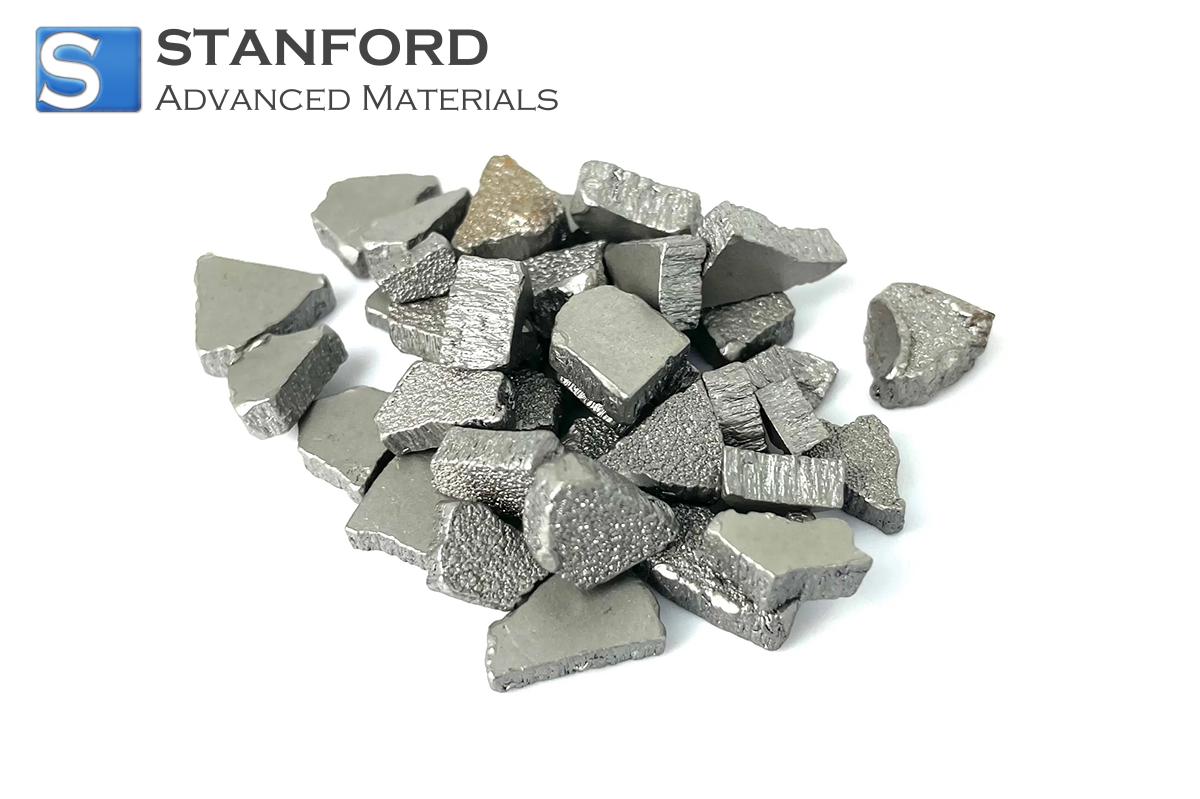
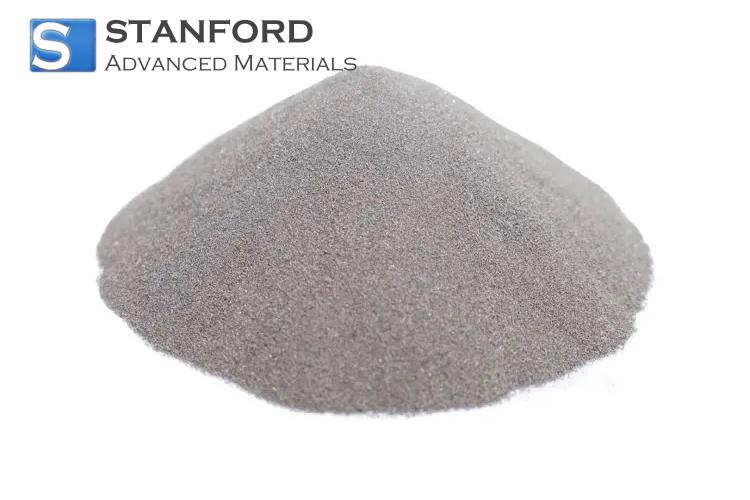
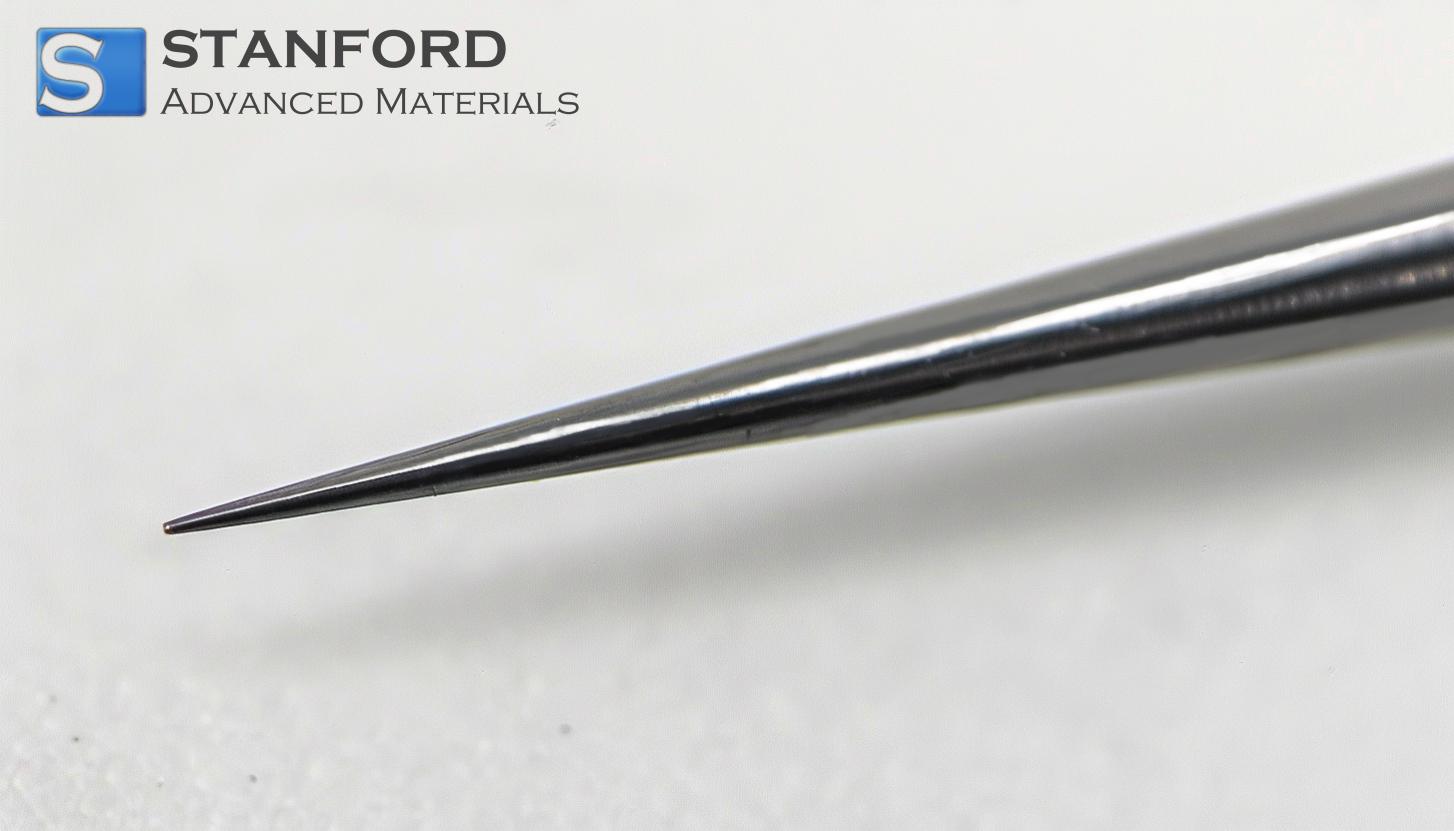
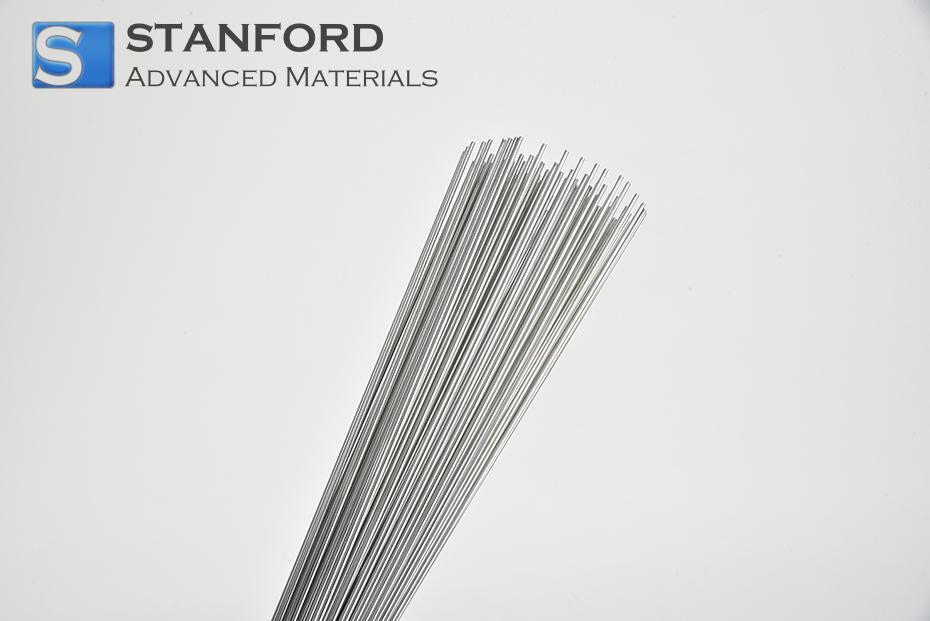
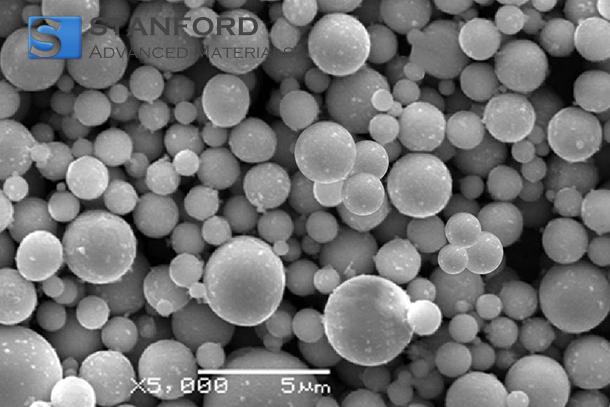
 Chin Trento
Chin Trento



